Active Learning in Thailand 2025: Guide for Teachers — KET
Imagine a classroom where students aren’t just listening, they’re doing, thinking, and creating.
That’s the essence of active learning, an educational approach that flips the script on traditional lecture styles.
At its core, active learning empowers students to take charge of their learning process through interactive learning tasks, fostering critical thinking, problem solving, and student engagement.
Whether you’re an educator in Thailand or beyond, this guidedelvess into thedefinition of active learninn, its benefits, strategies, and how toimplemente iteffectivelyk in 2025.
At Kids English Thailand, we’ve seen firsthand how active learning strategies transform teaching.
With over a decade of supporting teachers in Sukhothai and beyond, we’re here to help you harness this effective strategy for your classroom online or in-person.
Let’s explore what makes active learning the future of education!
What is Active Learning?
Defining Active Learning
Active learning is a teaching method in which students participate actively in their education, moving beyond the passive learning approach of lectures or videos.
It’s about engaging students in learning activities, such as think group discussions, role-play, or hands-on projects, that activate cognitive and sensory networks.
This student-centered approach boosts retention and skills by connecting prior knowledge to new knowledge.
Active vs. Passive Learning
Passive Learning: Students absorb info through traditional lecture or teacher-centered setups. It’s one-way and low-energy.
Active Learning: Students dive into solving problems, debating, or creating. It’s dynamic and demands more effort.
Why It Matters
Active learning approaches shift the focus to student thinking, making education a two-way street.
It’s not just theory studies from the National Academy and Wiley Online Library show it outperforms traditional classrooms in student performance and retention.
Benefits of Active Learning
Boosts Student Engagement
Active learning encourages students to get involved, turning dull lessons into fun activities.
From class discussion to group work, it sparks learning potential and keeps energy high.
Enhances Critical Thinking
By tackling higher-order thinking tasks, such as analysis, synthesis, and evaluation, students sharpen their critical thinking skills.
Problem-solving becomes second nature as they wrestle with real-world challenges.
Improves Retention
Learning activities that engage sensory networks help students process and retain information more effectively.
Research literature backs that active learning classrooms see lower failure rates than traditional lecture setups.
Fosters Ownership
Active learning hands the reins to students, allowing them to explore their strengths and weaknesses.
This learning experience fosters confidence and independence, essential for success in higher education and beyond.
Builds Collaboration
Through collaborative learning, students learn teamwork and communication skills vital in STEM disciplines and everyday life.
Examples of Active Learning Strategies in Practice
Discussion Boards and Forums
Active learning techniques, such as online discussion boards, spark group discussions that encourage students to share ideas and engage in debate. Perfect for interactive learning in virtual settings.
Collaborative Projects
Team up for collaborative projects, and students tackle real-life problems, blending creativity and problem-solving. Think of group science experiments or cultural presentations.
Problem-Solving Activities
Hands-on tasks, such as case studies or puzzles, encourage critical thinking and problem-solving. They’re staples in active learning exercises.
Simulations
Digital learning tools penablesimulations, allowing students to test scenarios such as running a virtual business in a safe eand controlled nvironment. It’s activity-based learning with a tech twist.
Peer Reviews
Students critique each other’s work, refining their analysis, synthesis, and evaluation skills. This active learning work builds student engagement and feedback skills.
In-Class Writing
Quick in-class writing prompts like “What’s one thing you learned today?” boost student thinking and deepen course material understanding.
The Role of the Teacher in Active Learning
Facilitator, Not Director
In active learning classrooms, teachers shift from teacher-centered lecturing to guiding.
They set the stage with clear instructions and let students steer.
Key Strategies
Encourage Students: Foster students’ participation by using open questions and small group discussions.
Varied Teaching Methods: Mix role-playing, class discussions, and fun activities to keep it fresh.
Feedback: Offer meaningful feedback to refine learning objectives and boost student performance.
Safe Space: Build democratic classrooms where all voices matter, key for social processes.
Balancing Act
Teachers provide structure but avoid over-directing.
It’s about engaging students while ensuring class time aligns with goals.
Different Types of Active Learning
Small Group Discussions
Small group discussions ignite collaborative learning, letting students brainstorm and debate in tight-knit teams.
Role Play
Role play brings course material to life think historical reenactments or mock debates enhancing interactive learning.
Hands-On Projects
From science labs to art builds, these learning activities demand problem solving and creativity.
Simulations and Games
Digital learning tools like VR or gamified quizzes make active learning exercises immersive and fun.
Peer Teaching
Students teach peers, reinforcing their own grasp of new knowledge while engaging students.
Maximizing the Effectiveness of Active Learning
Create a Welcoming Environment
Let students explore without fear that mistakes are growth opportunities in active learning classrooms.
Offer Meaningful Feedback
Clear, constructive input sharpens critical thinking and problem solving, tying back to learning objectives.
Focus on Process
Value solving problems over perfect answers, it builds higher-order thinking tasks.
Mix It Up
Blend group work, role play, and in-class writing to keep the entire class energized.
Challenges of Active Learning
Technology Integration
Picking the right digital learning tools can be tricky and costly.
Teachers need support to avoid technical overload.
Class Time Schedules
Active learning activities eat up class time, clashing with packed curricula. Planning is key.
Lesson Plan Preparation
Crafting learning activities takes more effort, and teachers juggle resources and new teaching methods.
Student Engagement
If students participate half-heartedly, the magic fades.
Poorly structured tasks risk boredom.
Active Learning in Thailand with Kids English Thailand
Why It Works Here
Thailand’s vibrant culture think Loy Krathong Festival pairs perfectly with active learning.
Our Teach in Thailand Program uses these strategies to engage students to learn.
How We Do It
Cultural Role Play: Kids Reenact Thai Festivals, Boosting Critical Thinking.
Group Projects: Collaborative tasks tied to Thai culture spark student engagement.
Feedback: Teachers guide with meaningful feedback, enhancing learning experience.
Summary of Active Learning
Active learning from small group discussions to simulations drives student engagement, critical thinking, and retention.
It’s an effective strategy that beats traditional lecture in research literature, making it a must for higher education and beyond.
FAQs About Active Learning
What is Active vs. Passive Learning?
Active learning involves doing group work and problem-solving. Passive learning is absorbing lectures and videos.
What’s the Primary Purpose?
To engage students interactively and deepen their mastery of the course material.
What’s an Active Learning Classroom?
A space where learning activities rule, think role play, discussion boards, not just desks and chalk.
Final Thoughts
We hope this post has inspired and empowered you on your teaching journey in Thailand!
Kids English Thailand is here to support you with tips, insights, and resources to make your experience truly amazing.
Want to dive deeper or have questions?
Check out our related posts below, or connect with our community of educators making a difference in Thailand.
Let’s keep thriving together!


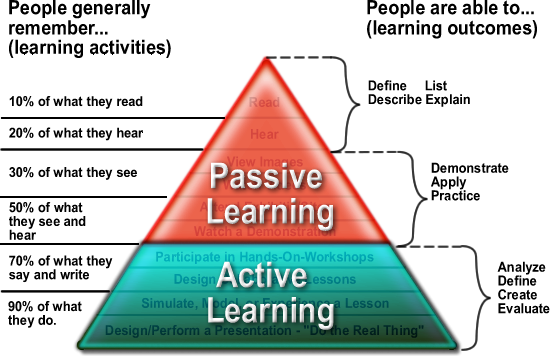

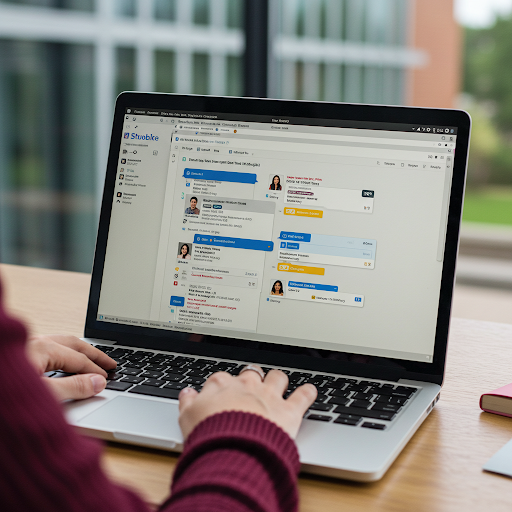

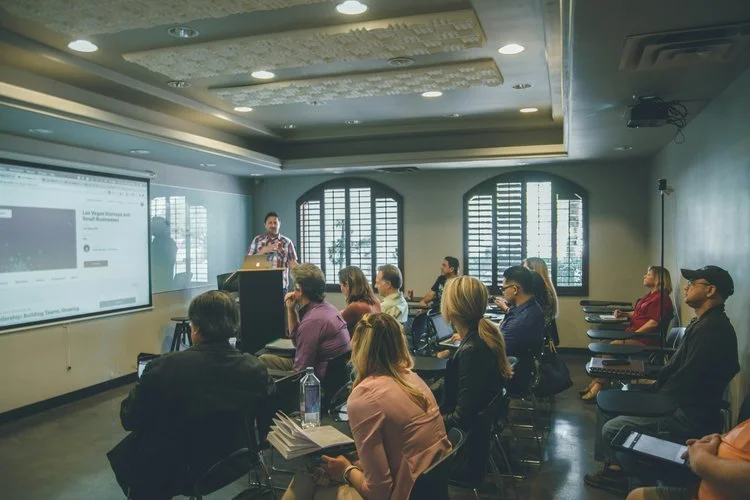


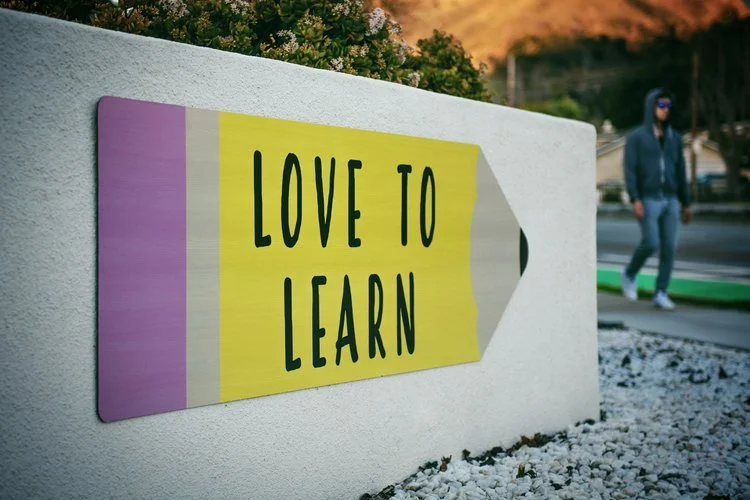
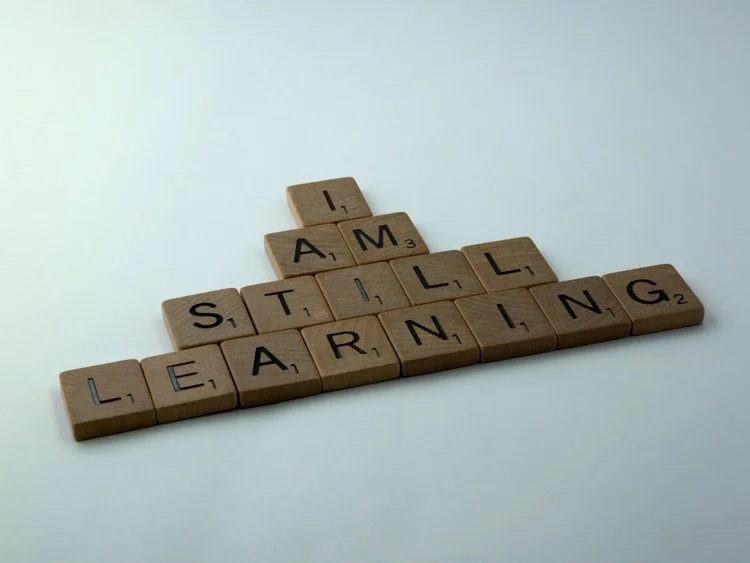











KET teacher Nicole shares her real 2026 DIY visa run to Laos: saved money vs agencies (~8,050 THB total), step-by-step guide, common mistakes, and adventure highlights in Vientiane & Vang Vieng. Turn your Non-B extension into a mini-holiday!